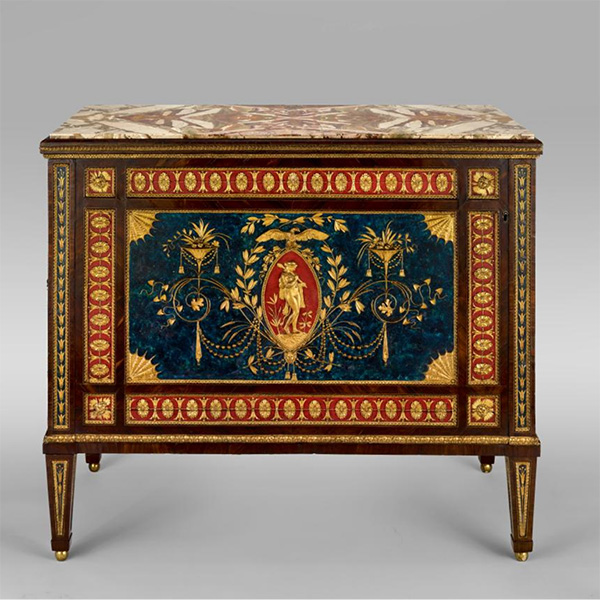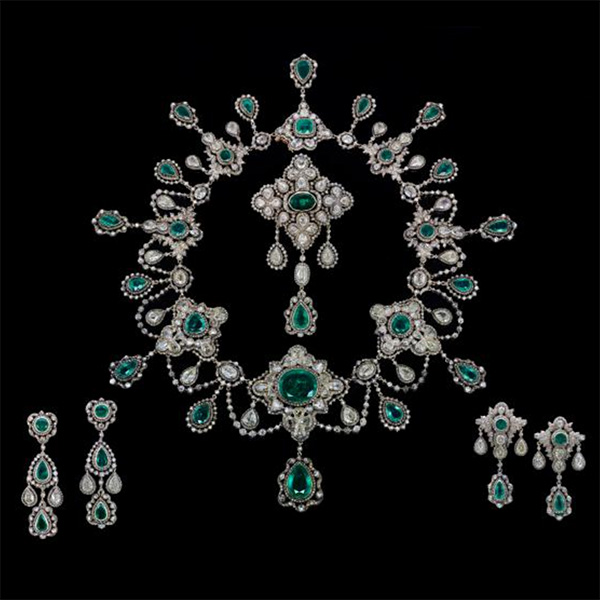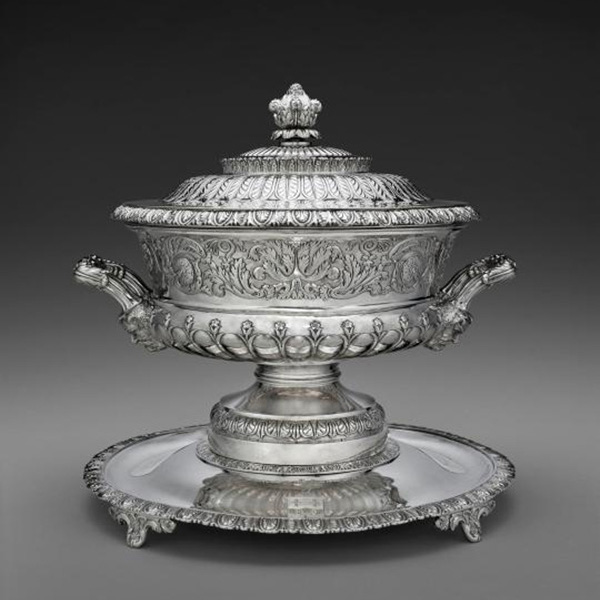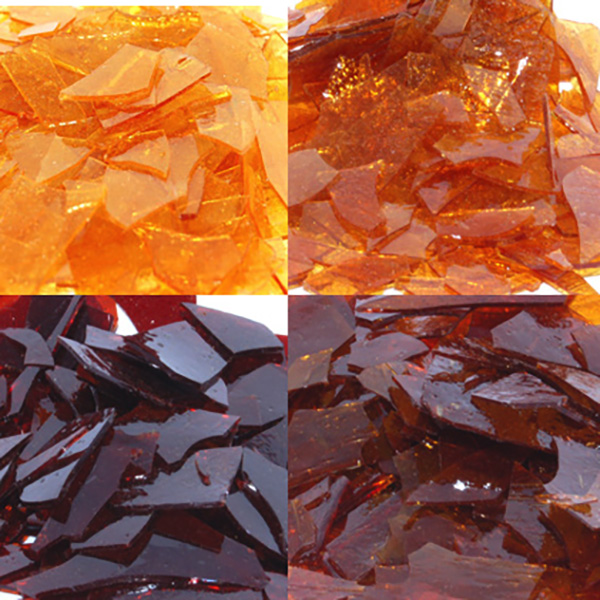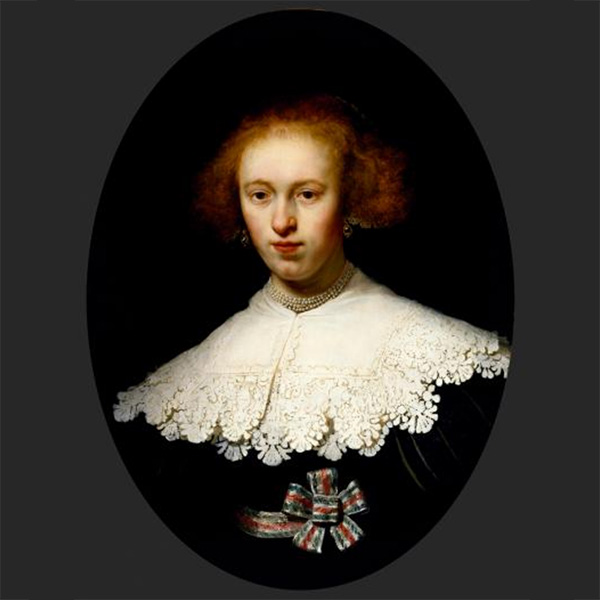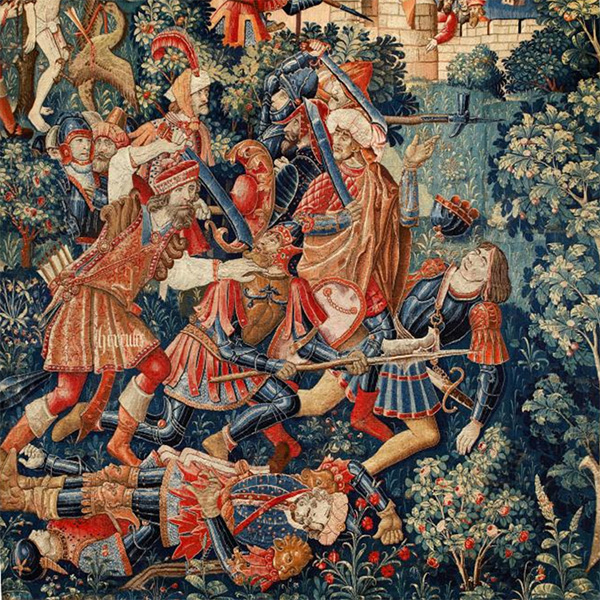Pearls and Mother of Pearl, the opalescent coating of some shells opf some bivalve mollusks, is primarily aragonite, a form of calcium carbonate, or a mixture of aragonite and calcite. While calcite adopts a trigonal crystal lattice, aragonite is orthorhombic. Under normal conditions, calcite is thermodynamically more stable than aragonite, but at high pressures aragonite is the preferred form as it has a higher density (2.75 vs 2.93 gm·cm-3); however, mild methods of crystallization can lead to kinetic rather than thermodynamic control of the crystal lattice formed. The material is secreted by the animal as nacre, that builds up in thin, overlapping layers that produce the well-known irridescence associated with pearls and mother of pearl. Most pearls today are harvested from freshwater mussels. While pearls and mother of pearl are hard substances, they will be dissolved by acids – even by weak acids such as acetic acid, CH3CO2H, which is the active ingredient in vinegar, because of they are composed of calcium carbonate. See Gems & Minerals for a more detailed discussion of the chemistry of CaCO3.
The nacre is composed of a mixture of organic molecules including chitin, lustrin and silk-like proteins called conchiolins. Chitin is a polymer of N-acetylglucosamine, which is an amide derivative of glucose. The corresponding polymeric form of glucose is cellulose. Silk proteins are made of fibroin, which is a polymer with a repeate unit of -[glycine-serine-glycine-alanine-glycine-alanine]-. See Textiles for a more detailed discussion of the chemistry of cellulose and silk. These organic materials combine to hold the platelike crystallites of the calcium carbonate together. As can be seen from the crystal structures, the organic molecules possess functional groups with oxygen and nitrogen that can serve as donor atoms to metal ions such as calcium, and they also have O-H and N-H bonds that can be involved in hydrogen bonding to the oxygen atoms on the calcite surface. This organic matrix provides a porous framework in which dye molecules can be incorporated allowing pearls to be modified with a variety of different colors such as brown, green, blue, pink, yellow and purple.
Cultured pearls are created by introducing a "seed" fragment from another shell along with a small piece of the mantle tissue for the calcium carbonate to grow around. This can also be done by introduction of a bead of various shapes to receive a pearl coating. X-ray diffraction can determine if the pearl is natural or grown around an implanted bead, as the implanted bead will not be formed in concentric layers like the natural pearl.
Crystal Structure Data
- Aragonite: de Villiers J P R, American Mineralogist, 1971 56, 758 - 767.
- Calcite: Graf D L, American Mineralogist, 1961 46, 1283 - 1316.
Credits for Pearls Header
- Mother of Pearl: Photo by Hannes Grobe/AWI, CC BY 3.0.
- Pendant, Italy 1875-1890, Photo from the Cooper Hewitt Collections, Public Domain.
- Tahitian keshi pearls: Photo by Jennifergaglione, CC0, via Wikimedia Commons.
- Onyx and Pearls Necklace, Canadiangemstones, Public domain, via Wikimedia Commons.
Department of Chemistry

Houston, TX
6100 Main St., Houston, TX 77005-1827 | Mailing Address: P.O. Box 1892, Houston, TX 77251-1892 713-348-0000 |

